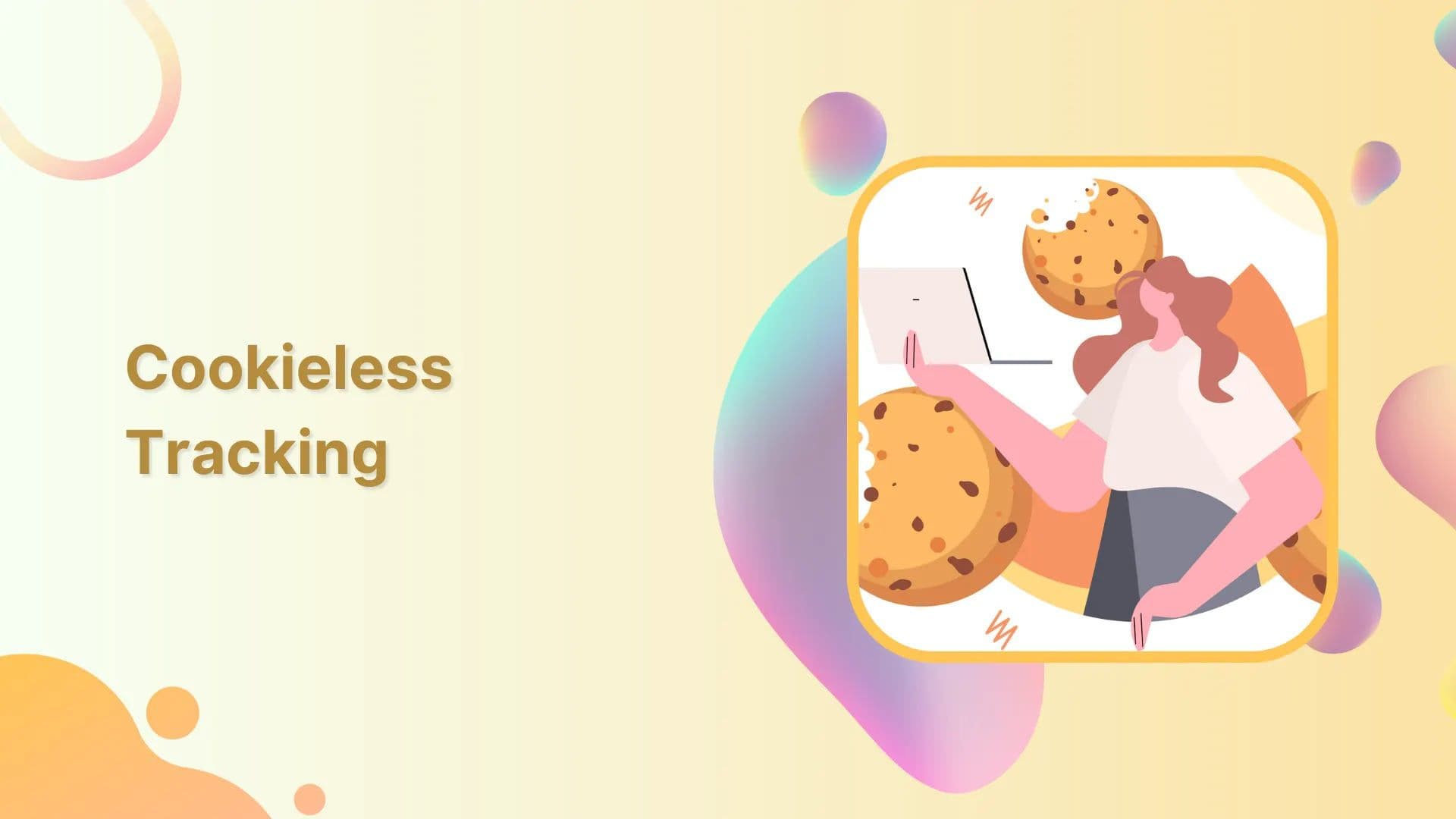Introduction
As browsers and platforms phase out third‑party cookies, Shopify merchants face a new reality: the data you once relied on to understand customer journeys is disappearing. To stay ahead, you need a cookieless attribution strategy that prioritizes privacy and accuracy. In this guide, we’ll explore why cookieless attribution matters, outline the key components of a privacy‑first approach, and show you how to implement server‑side tracking and first‑party data techniques on Shopify. By the end, you’ll have a clear roadmap for measuring ROAS reliably—even without third‑party cookies.
1. Why the Cookieless Future Matters
-
Privacy Regulations & User Trust
GDPR, CCPA, and platform policies (like iOS and Safari) are limiting cookie usage. Respecting these rules builds trust and avoids penalties. -
Data Gaps & Blind Spots
As third‑party cookies disappear, traditional tracking tools will undercount conversions, making ROI calculations unreliable. -
Competitive Advantage
Early adopters of cookieless methods capture more accurate data, optimize faster, and outpace competitors still reliant on cookies.
2. Embrace First‑Party Data Collection
-
What Is First‑Party Data?
Data you collect directly from visitors: form submissions, logged‑in sessions, purchase histories, and on‑site behaviors. -
How to Implement on Shopify
-
Customer Accounts & Login Walls: Encourage account creation to tie behaviors to profiles.
-
Embedded Surveys & Feedback Widgets: Collect product preferences or intent signals at checkout.
-
Email Sign‑ups & Loyalty Programs: Use newsletter and rewards data to enrich customer records.
-
3. Server‑Side Tracking with Shopify
-
Why Server‑Side?
Moves tracking logic off the browser (where cookies are blocked) to your own server or a cloud function, ensuring data capture even when cookies fail. -
Basic Setup Steps
-
Deploy a Tracking Endpoint: Use AWS Lambda, Google Cloud Functions, or a simple Node.js server.
-
Forward Events from Shopify: Utilize Shopify’s Webhooks (e.g.,
orders/create,checkouts/update) to send purchase and cart events server‑side. -
Integrate with Your Analytics & Ad Platforms: Push these events into Google Analytics 4 via Measurement Protocol or Facebook’s Conversion API.
-
4. Adapting Your Attribution Model
-
Multi‑Touch Attribution Without Cookies
-
UTM Parameters: Rigorously tag all campaign links.
-
Session Stitching: Combine server‑side order events with the last known UTM/session data to reconstruct paths.
-
Model Choice: Consider position‑based or data‑driven models that don’t rely on browser cookies.
-
-
Hybrid Approaches
Blend first‑party browser signals (where available) with server‑side data to create a unified view of the customer journey.
5. Tools & Integrations to Simplify the Process
-
Attribuly
-
Unified dashboard for first‑party + server‑side events
-
Built‑in multi‑touch attribution models
-
-
Google Tag Manager Server‑Side
-
Easy deployment of custom tracking endpoints
-
Centralized event management
-
-
Shopify Apps & Plugins
-
Apps like Elevar or Littledata for server‑side GA4 and Facebook CAPI integration
-
Loyalty and subscription apps for enhanced first‑party data
-
6. Best Practices Checklist
-
Audit existing tracking: Identify cookie‑dependent events
-
Configure server‑side tracking for checkout and purchase events
-
Standardize UTM tagging across all marketing channels
-
Build a first‑party data strategy (accounts, email, surveys)
-
Choose an attribution model that fits your data volume and complexity
-
Monitor discrepancies between browser and server data weekly
-
Update privacy policy and customer notices to reflect new data practices
Conclusion
Moving to cookieless attribution isn’t optional—it’s essential for future‑proofing your Shopify store. By combining first‑party data collection with server‑side tracking and a robust attribution model, you’ll regain visibility into the customer journey and optimize ROAS with confidence. Start implementing these best practices today to maintain accurate analytics, respect user privacy, and stay ahead of the competition.
